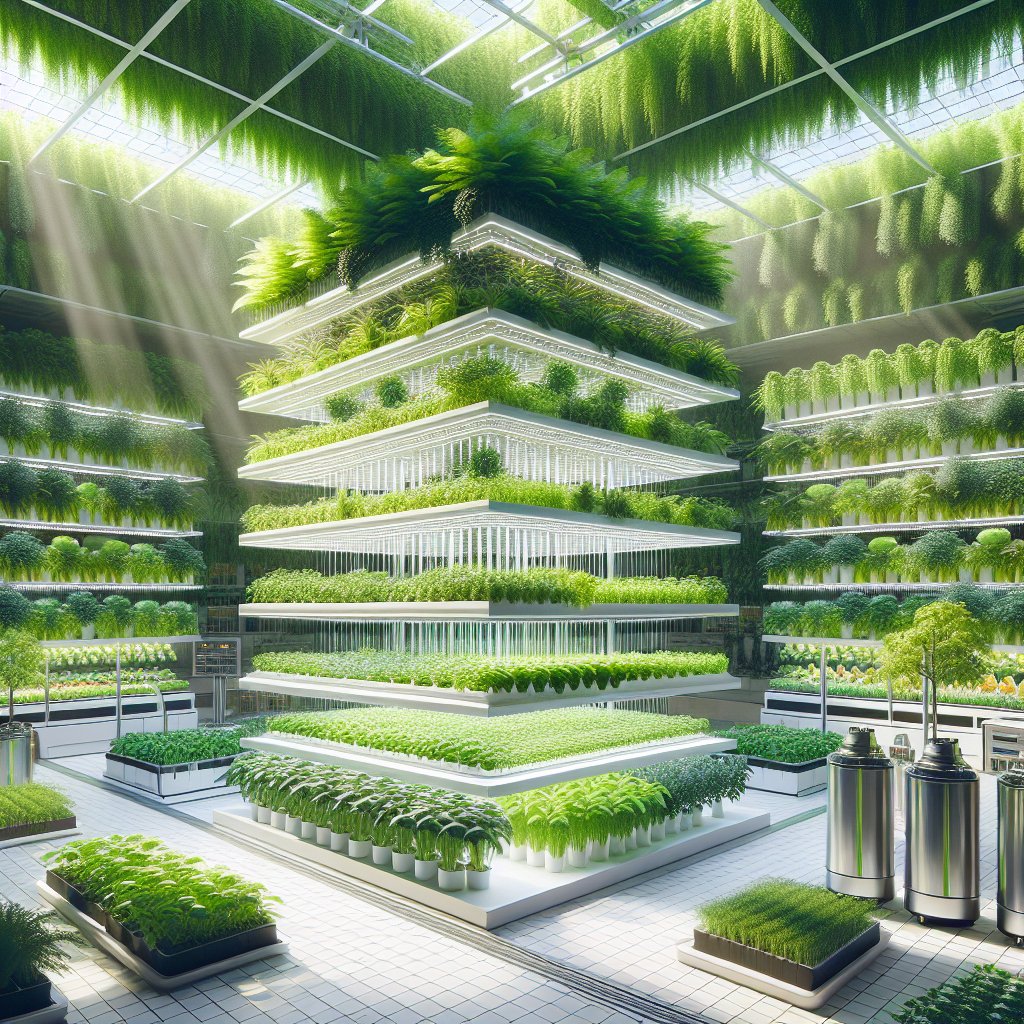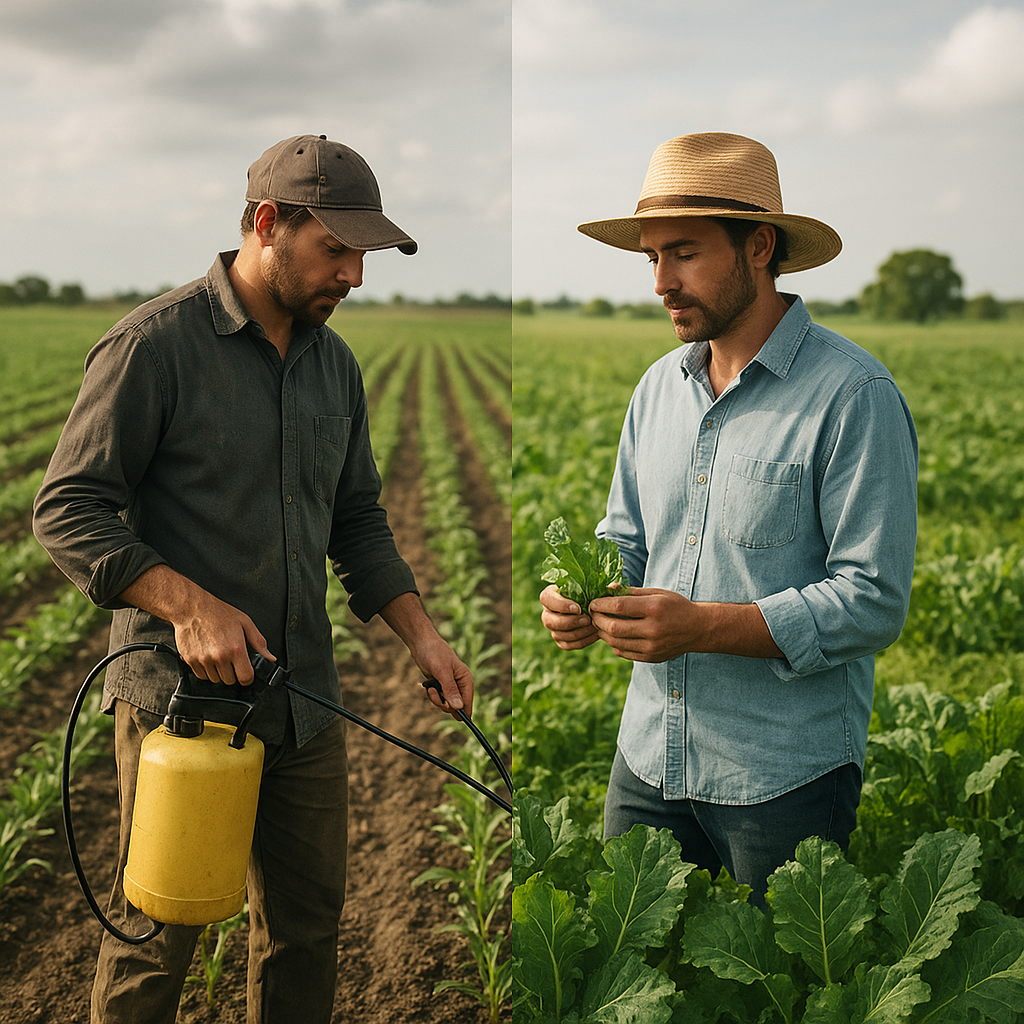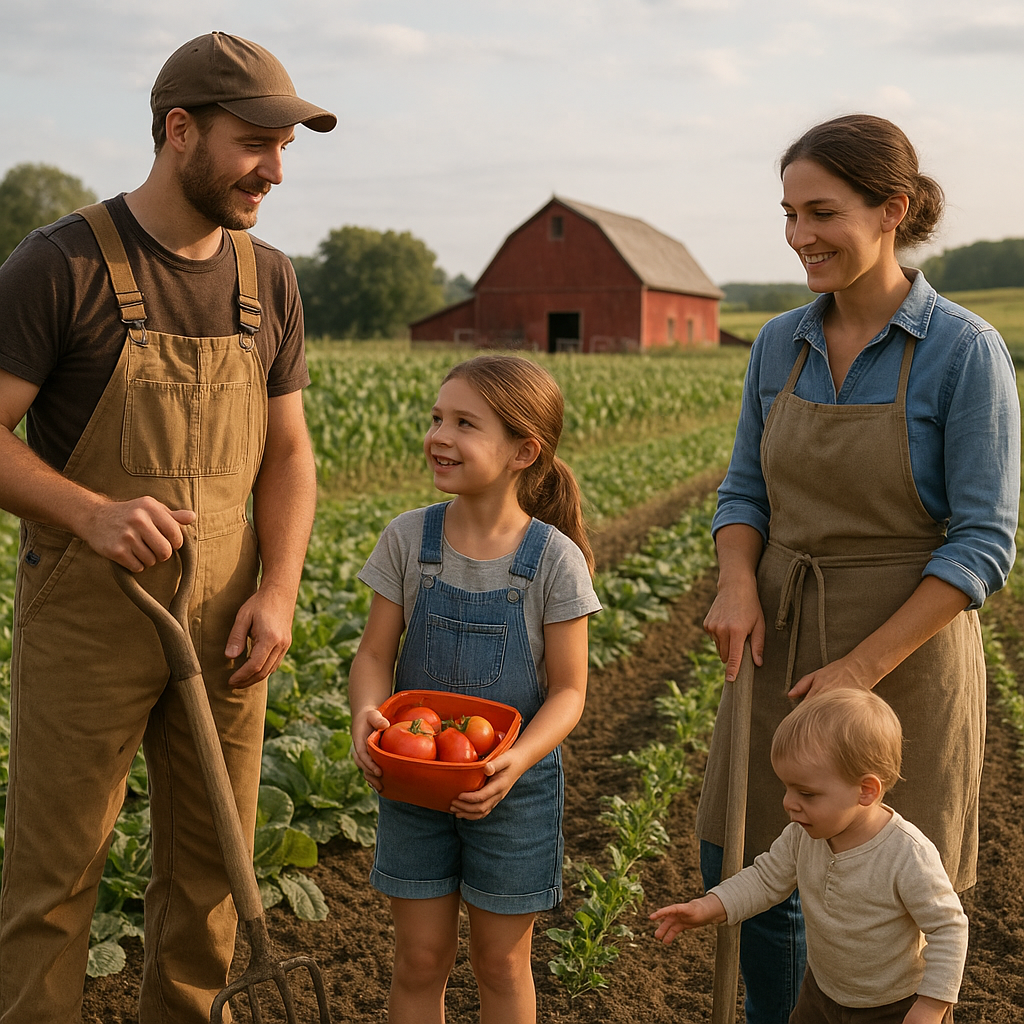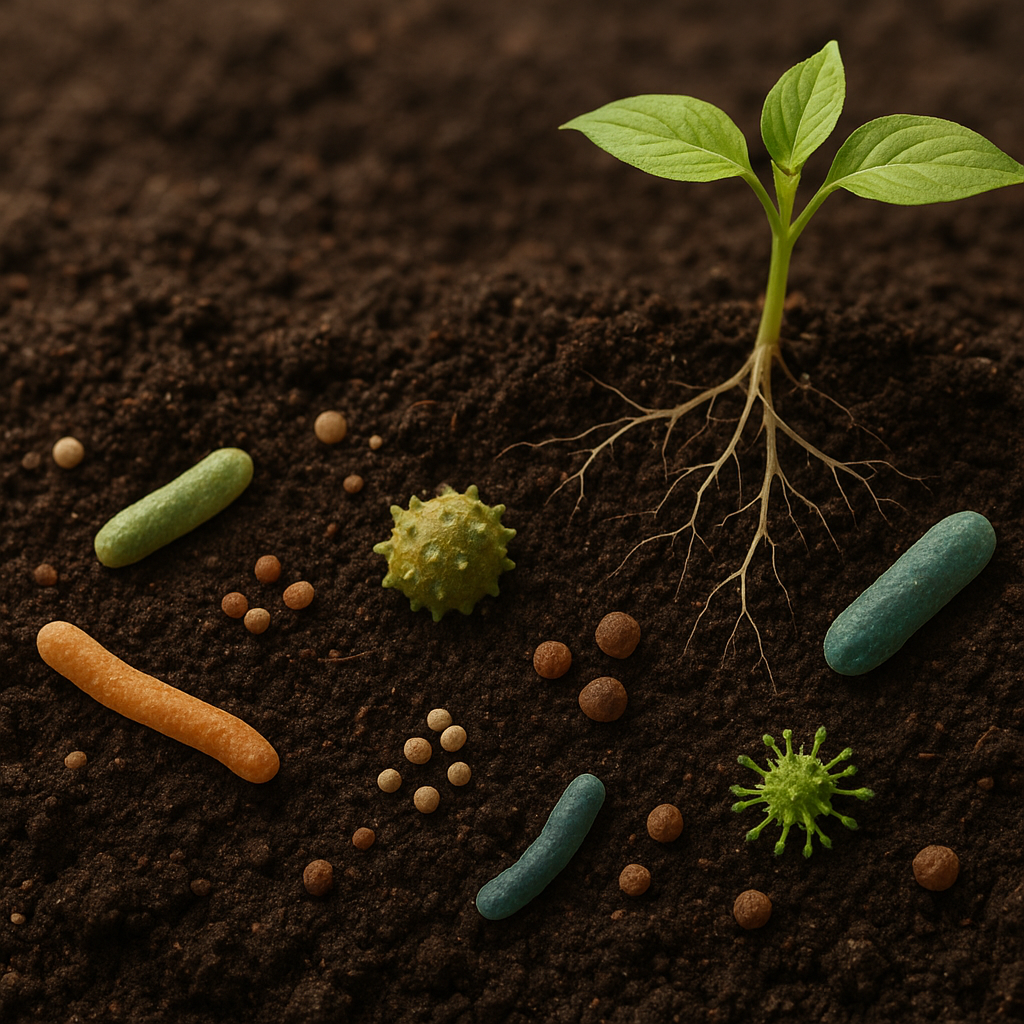The future of vertical and indoor farming technologies is poised to revolutionize the agricultural landscape, addressing the challenges of urbanization, climate change, and food security. As the global population continues to rise, the demand for sustainable and efficient food production methods becomes increasingly critical. Vertical and indoor farming offers innovative solutions that maximize space, reduce resource consumption, and minimize environmental impact. This article explores the advancements in these technologies, their benefits, and the challenges they face in becoming mainstream agricultural practices.
Understanding Vertical and Indoor Farming
Vertical farming refers to the practice of growing crops in vertically stacked layers, often integrated into structures such as skyscrapers or repurposed warehouses. Indoor farming, on the other hand, encompasses a broader range of practices that involve cultivating plants in controlled environments, utilizing artificial lighting, climate control, and hydroponic or aeroponic systems. Together, these methods represent a significant shift from traditional farming, which relies heavily on arable land and outdoor conditions.
Key Technologies Driving Vertical and Indoor Farming
Several technologies are at the forefront of vertical and indoor farming, enabling growers to optimize production and resource use. These include:
- Hydroponics: A method of growing plants without soil, using nutrient-rich water solutions. Hydroponics allows for faster growth rates and higher yields compared to traditional soil-based farming.
- Aeroponics: Similar to hydroponics, aeroponics involves growing plants in an air or mist environment, providing nutrients directly to the roots. This method uses even less water and can lead to faster plant growth.
- LED Lighting: Energy-efficient LED lights are crucial for indoor farming, providing the specific light wavelengths that plants need for photosynthesis. Advances in LED technology have made it possible to create tailored light recipes for different crops.
- Climate Control Systems: Advanced sensors and automation technologies allow for precise control of temperature, humidity, and CO2 levels, creating optimal growing conditions year-round.
- Data Analytics and AI: The integration of data analytics and artificial intelligence helps farmers monitor plant health, predict yields, and optimize resource use, leading to more efficient operations.
Benefits of Vertical and Indoor Farming
The adoption of vertical and indoor farming technologies offers numerous benefits that can significantly impact food production and sustainability.
1. Space Efficiency
One of the most significant advantages of vertical farming is its ability to produce food in urban areas where land is scarce. By utilizing vertical space, these farms can grow a substantial amount of produce in a relatively small footprint. This is particularly beneficial in densely populated cities, where traditional farming is not feasible.
2. Reduced Resource Consumption
Vertical and indoor farms use significantly less water than conventional farming methods. Hydroponic and aeroponic systems can reduce water usage by up to 90%, as water is recirculated and reused. Additionally, these farms often require fewer pesticides and fertilizers, leading to a lower environmental impact.
3. Year-Round Production
Controlled environments allow for year-round crop production, independent of seasonal changes and weather conditions. This consistency can help stabilize food supply chains and reduce the reliance on imports, particularly for fresh produce.
4. Local Food Production
By establishing farms closer to urban centers, vertical and indoor farming can reduce transportation costs and carbon emissions associated with food distribution. This local approach not only supports community economies but also provides consumers with fresher produce.
5. Enhanced Food Security
As climate change and other global challenges threaten traditional agriculture, vertical and indoor farming presents a viable solution to enhance food security. By diversifying food sources and increasing local production, these technologies can help mitigate the risks associated with food shortages.
Challenges Facing Vertical and Indoor Farming
1. High Initial Investment
The setup costs for vertical and indoor farms can be prohibitively high, particularly for small-scale farmers. The investment in technology, infrastructure, and energy-efficient systems can deter potential growers from entering the market.
2. Energy Consumption
While vertical farms use less water and land, they can be energy-intensive due to the need for artificial lighting and climate control. Finding sustainable energy sources and improving energy efficiency will be crucial for the long-term viability of these farms.
3. Technical Expertise
Operating a vertical or indoor farm requires specialized knowledge and skills in areas such as plant biology, engineering, and data analytics. The lack of trained professionals in these fields can hinder the growth of the industry.
4. Market Acceptance
Consumers may be hesitant to embrace produce grown in vertical farms, often associating it with lower quality or higher prices. Educating the public about the benefits of these farming methods and ensuring product quality will be essential for market acceptance.
5. Regulatory Hurdles
As a relatively new industry, vertical and indoor farming faces regulatory challenges that can vary by region. Navigating zoning laws, food safety regulations, and other legal requirements can be complex and time-consuming for new entrants.
The Future of Vertical and Indoor Farming
As technology continues to advance, the future of vertical and indoor farming looks promising. Innovations in automation, artificial intelligence, and sustainable energy sources will likely drive down costs and improve efficiency. Additionally, as urban populations grow and climate change impacts traditional agriculture, the demand for local, sustainable food sources will increase.
1. Integration with Urban Planning
Future urban development may increasingly incorporate vertical farms into city planning, creating green spaces that contribute to food production and environmental sustainability. This integration can enhance urban resilience and improve the quality of life for city dwellers.
2. Collaboration and Partnerships
Collaboration between technology companies, agricultural experts, and local governments will be essential for the growth of vertical and indoor farming. Partnerships can facilitate knowledge sharing, resource pooling, and investment in research and development.
3. Consumer Engagement
Engaging consumers through education and marketing will be vital for the success of vertical and indoor farming. Highlighting the benefits of locally grown produce and the sustainability of these methods can help shift public perception and increase demand.
4. Research and Development
Ongoing research into plant genetics, nutrient solutions, and farming techniques will continue to enhance the efficiency and productivity of vertical and indoor farms. Innovations in these areas can lead to new crop varieties that are better suited for controlled environments.
5. Global Expansion
As the technology matures, vertical and indoor farming is likely to expand beyond urban centers in developed countries to regions facing food insecurity and agricultural challenges. This global expansion can help address food shortages and promote sustainable practices worldwide.
In conclusion, the future of vertical and indoor farming technologies holds great potential for transforming the agricultural landscape. By addressing the challenges of urbanization, climate change, and food security, these innovative farming methods can contribute to a more sustainable and resilient food system. As advancements continue and public acceptance grows, vertical and indoor farming may become a cornerstone of modern agriculture, ensuring that future generations have access to fresh, nutritious food.




